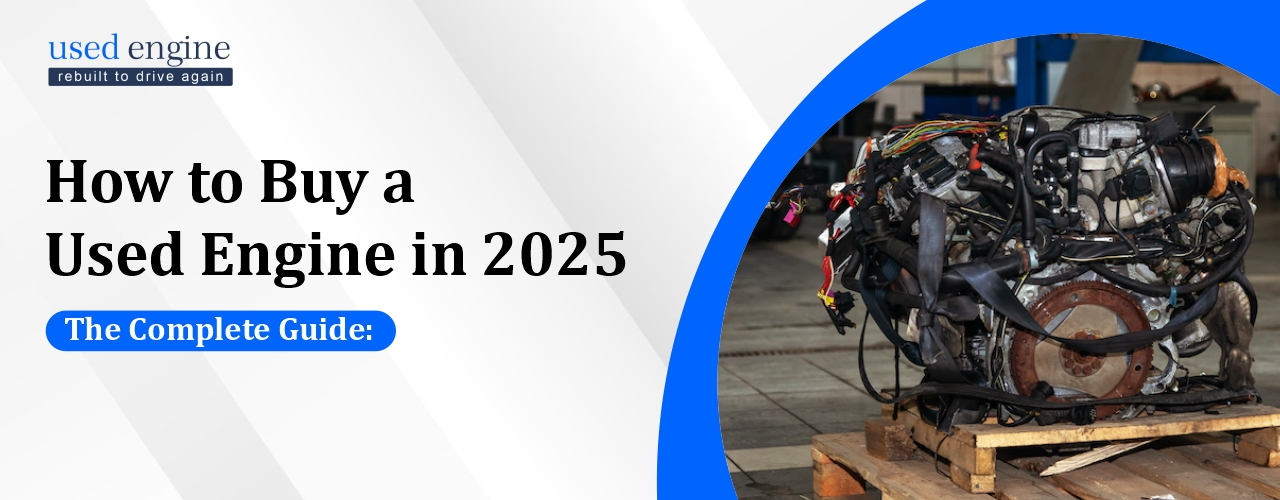
Smart Tips, Real Advice, and No Confusing Jargon
Let’s face it, engine trouble can turn any good day into a stressful one. Whether you have blown a head gasket, lost compression, or your check engine light refuses to go away, you are probably facing a big question:
“Should I replace my engine, and if so, how do I buy a used one I can trust?”
Good news, you are in the right place. This used engine Buying Guide is designed to walk you through the entire process step by step, whether you are an enthusiast or just trying to get back on the road without breaking the bank.
Why Used Engines are the Smart Choice in 2025
Buying a brand new engine can cost more than your car is worth. A used engine? It’s budget-friendly, environmentally responsible, and often just as reliable if you know what to look for.
Here’s why more drivers are turning to used engines in 2025:
- Big-time savings (think thousands of dollars)
- Less waste—you are reusing instead of scrapping
- OEM quality—often from the same make and model
- Quick availability with fast shipping across the U.S.
We make sure to help people every day find affordable, high-quality used engines they can count on. And we are here to help you, too.
Your Step-by-Step Used Engine Buying Guide
Here’s exactly what you need to know before hitting the buy button:
Start With Your Vehicle Info
To find the right engine, you’ll need:
- Your VIN number
- Year, make, and model
- Engine size and fuel type
- Drivetrain (FWD, AWD, etc.)
Why this matters: Not all engines fit all models, even if they look the same. Your VIN helps the seller double-check compatibility before shipping.
Double-Check Fitment
Don’t assume an engine will fit just because it came from a similar car. Engine codes, emissions packages, and even transmission types can change things.
Pro tip: A reputable seller will help you confirm fitment using your VIN before finalizing your order.
Understand Engine Grades
Used engines come in grades based on condition and mileage. Here’s a quick breakdown:
| Grade | Mileage | What It Means |
|---|---|---|
| A | Under 60,000 miles | Excellent condition, tested |
| B | 60–100K miles | Good shape, some wear |
| C | Over 100K miles | More budget-friendly, more miles on it |
If you want something long-lasting, go with Grade A or B. Grade C might work if you are just trying to get by temporarily.
Ask About the Engine’s History
A trustworthy seller should be open about:
- Mileage verification
- Whether the engine was in a wrecked, flooded, or fire-damaged car
- Any service history or maintenance notes
Some even offer inspection reports or video of the engine running, definitely a plus!
Request Test Results
This is where you separate the good from the not-so-good. Ask for:
- Compression test results
- Leak-down test (checks engine seals)
- Oil pressure readings
These tests tell you if the engine’s internal components are still in solid condition.
Check the Warranty
Warranties matter a lot. Even a great-looking engine can have hidden issues.
Look for:
- At least 30–90 days of coverage
- Clear terms (what’s included, what’s not)
- What’s required to keep it valid (like professional installation)
Moreover, we make sure that every engine comes with a warranty of up to 2 years because we want our customers to be protected.
Know What You Should Pay
Used engine prices can vary based on size, type, and mileage. In 2025, here’s what you’ll typically see:
| Engine Type | Average Price Range |
|---|---|
| 4-Cylinder | $800 – $1,500 |
| V6 | $1,200 – $2,000 |
| V8 | $1,800 – $3,000 |
| Hybrid/Electric | $2,500 – $4,500 |
Beware of deals that seem lucrative and flashy.
If You Can, Inspect It (or Ask for Photos)
Not everyone can see the engine before buying, but if you can:
- Check for leaks, rust, or cracks
- Look at the hoses and wiring
- Make sure it was not stored outside in bad conditions
If you are buying online, don’t be afraid to ask for detailed photos. A good seller will provide them.
Choose a Trusted Seller
This is where everything comes together. The seller should:
- Be upfront about the condition and fitment
- Offer support before and after the sale
- Provide test results and documentation
- Ship quickly and reliably
That is exactly what we do, and our customers keep coming back because they trust us.
Quick Bonus Tips
- Have the engine installed by a certified mechanic to protect your warranty
- Replace seals, gaskets, and belts during installation; it’s cheap insurance
- Keep your receipts and documents up-to-date.
Mistakes to Avoid
Even smart buyers mess up sometimes. Avoid these common slip-ups:
- Not checking the engine code or VIN compatibility
- Ignoring the warranty fine print
- Buying from a random online seller with no reputation
- Letting price be your only factor
Final Takeaway
Buying a used engine in 2025 doesn’t have to feel like a gamble. If you follow this Used Engine Buying Guide, you will avoid the headaches and get back on the road with confidence.
When you are ready, Used Engine for Sale is here to help. From fitment verification to shipping and support, we are your go-to resource for quality, tested, warrantied used engines across the U.S.


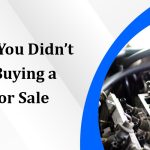 Top 5 Things You Didn’t Know About Buying a Used Engine for Sale
Top 5 Things You Didn’t Know About Buying a Used Engine for Sale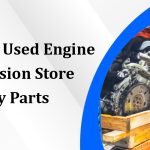 How to Find a Used Engine and Transmission Store with Warranty Parts
How to Find a Used Engine and Transmission Store with Warranty Parts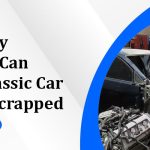 How a Quality Used Engine Can Save Your Classic Car from Being Scrapped
How a Quality Used Engine Can Save Your Classic Car from Being Scrapped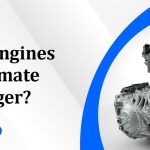 Why Used Engines Are the Ultimate Game Changer?
Why Used Engines Are the Ultimate Game Changer? Why Is My Engine Overheating? Common Causes Explained?
Why Is My Engine Overheating? Common Causes Explained?